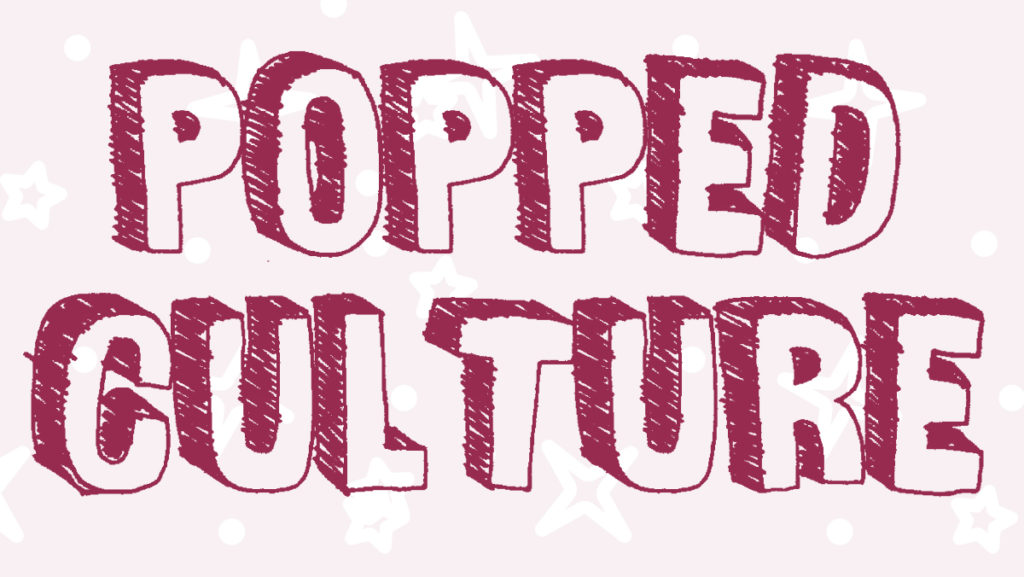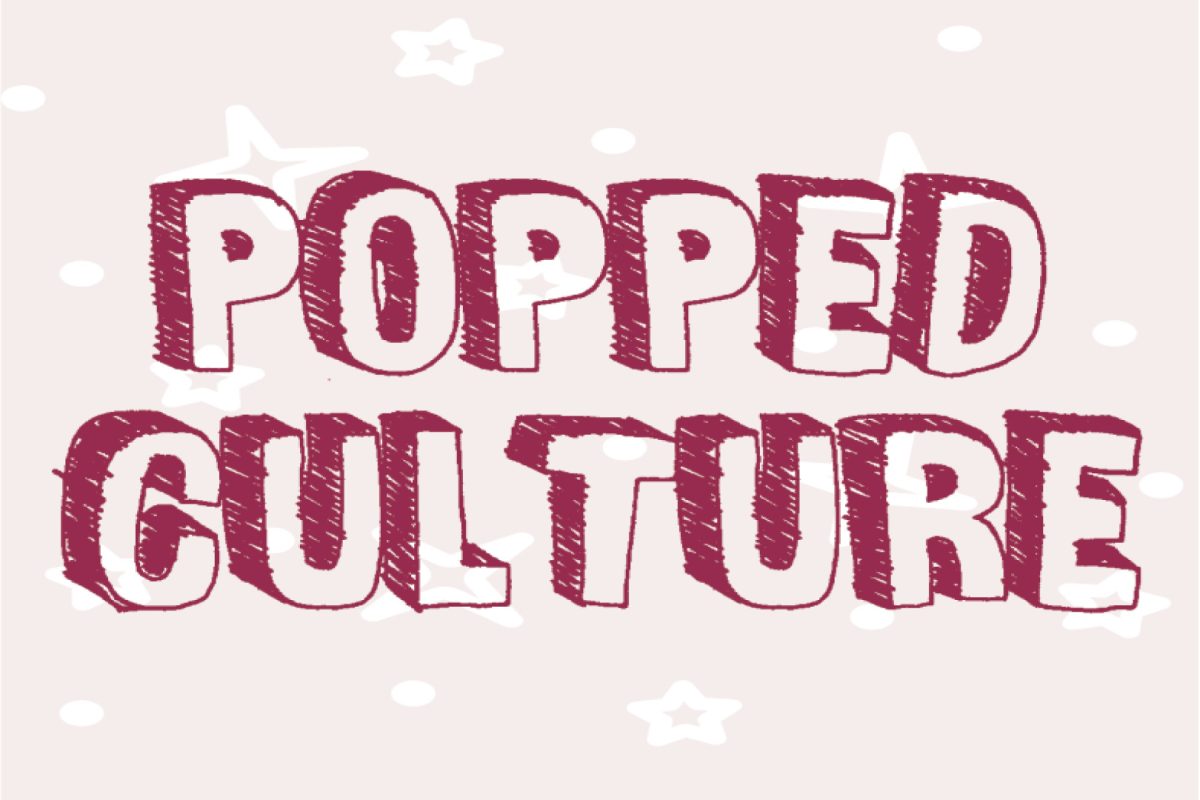Of the fifteen nominees across the categories of Best Director, Writing (Adapted Screenplay) and Writing (Original Screenplay) for the 2022 Oscars, a staggering three were women — all of them white.
This is surreal when you consider that this year over 350 films came out that were directed by women including “Candyman” (Nia DaCosta), “I’m Your Man” (Maria Schrader) and “Titane” (Julia Ducournau). Despite the widespread critical acclaim and mainstream success of many of these female-directed films — especially the three mentioned — it may come as a surprise to some that they have received zero nominations.
It is not new information that the entertainment industry is predominantly populated by cisgender white men, but I, like many others, had been living with the illusion that inclusion and diversity was getting better. I believe this came to fruition especially when media outlets claimed “Parasite”(2019) winning best picture at the 2020 Oscars marked a huge step towards more inclusivity — despite its talent receiving zero nominations.
I mean who doesn’t remember how the 2021 Oscars were also portrayed as “revolutionary”? It genuinely was a victory for women everywhere when Chloé Zhao became the first woman to get four Oscar nominations in a single year and the first woman of color to win Best Director. But that very same year there were only two women nominated in these leading categories, Zhao and Emerald Fennell.
It feels as though the primary narrative that is being portrayed in the media is that the industry is making these great strides in representation and including diverse stories, but in reality improvements in diversity have become stagnant or decreased in the industry.
The percentage of women directors has decreased in 2021. This last year of the top films released 12.7% of the directors were women, which is down from the reported 15% of directors being women in 2020. The Celluloid Ceiling Report by Martha M. Lauzen shows that from 1998 to 2020, women have continuously maintained a mean of 19% of behind-the-scenes positions which include but are not limited to: directors, writers, executive producers, producers, editors and cinematographers. A staggering 9% of films produced in 2020 employed ten or more women.
This stagnant or seemingly nonexistent progression of the amount of diverse voices in the media combined with diverse filmmakers that are in the industry getting zero academy recognition sends a clear and harmful message to those passionate about creating film. The media wants our narratives but not us.
What I mean is we are seeing more of cis white men who are already prominent in the industry producing stories about women, LGBTQ+ people and BIPOC to profit off increasingly more diverse audiences. But these same industry professionals won’t actually hire us to tell these stories authentically ourselves. In the last year alone this was seen with “Last Night in Soho” (2021) and the “Fear Street” (2021) trilogy, which were written by white men.
It is exhausting as a film critic to constantly be raising the same grievances over and over again. As I am analyzing a movie and its female characters are flat and one-dimensional, I will unsurprisingly discover that not a single woman was included in the preproduction of that particular film. Or when I am watching a new Netflix project and the queer characters are rooted in harmful sterotypes and tropes, as I watch the credits role I am always reaffirmed that a bunch of middle-aged white men with no basic understanding of LGBTQ+ characters created this project.
As depressing as it sounds, we cannot blindly accept the narrative that is being given to us that the industry is making these encompassing moves to be more inclusive and diverse. Nor can we be satisfied with what little representation has been offered to marginalized groups.
I for one will not be satisfied until in these leading categories there comes a time when we see all women, all BIPOC and all LGBTQ+ nominees. A friendly reminder, it was not until 1991 that the category of Best Director broke its streak of having all-white male nominees when John Singleton was nominated for “Boyz N the Hood.” Only two women have ever won for Best Director, the award has never been given to a Black man and has never been awarded to an open member of the LGBTQ+ community.
The work to achieve equality in one of the most prominent industries in our country is nowhere near completed. The more viewers can educate themselves about these pressing issues and recognize that we do not have to settle for the scraps of recognition we are receiving, we may see lasting change yet.





